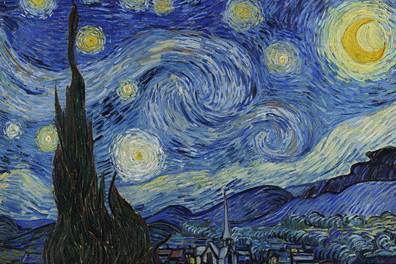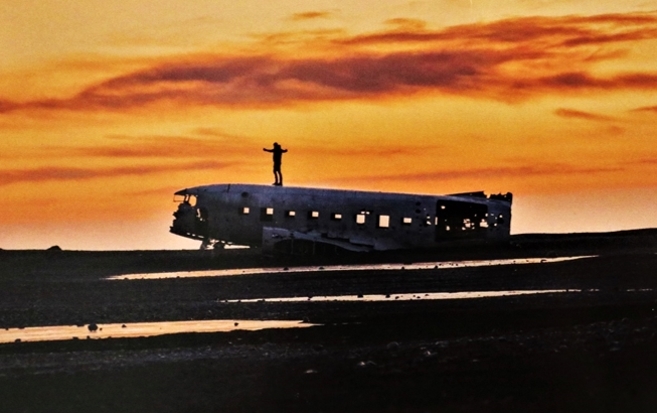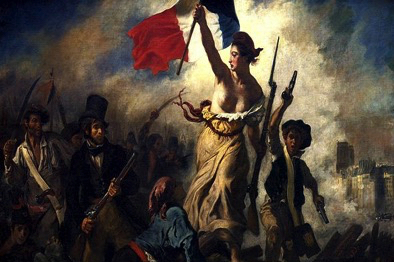Carpe Diem
This essay has several foci. The first is William Wordsworth’s poem about daffodils, William Turner’s painting, and Robin Williams’ Dead Poetic Society. The poem, painting, and the movie are all favorites of mine. Even more fascinating, all three congeal into understanding the quest for the meaning of life. In my previous essay, I mentioned the tension between the Stoic mindset of going with the flow while helping each other. This article attempts to demonstrate the tension between the three art forms of poetry, painting, and film.
Therefore, let’s start with Wordsworth’s Romanic poem about daffodils. This is Wordsworth’s hand-written poem, Daffodils or I Wandered Lonely as a Cloud.

This is a copy that is easier to read. Wordsworth’s poem is about a walk in the early spring with his sister, during which he describes coming across a large field of daffodils in the Lake District.
I wandered lonely as a Cloud
That floats on high o’er Vales and Hills,
When all at once I saw a crowd,
A host of golden Daffodils;
Beside the Lake, beneath the trees,
Fluttering and dancing in the breeze.
Continuous as the stars that shine
And twinkle on the Milky Way,
They stretched in never-ending line
Along the margin of a bay:
Ten thousand saw I at a glance,
Tossing their heads in sprightly dance.
The waves beside them danced, but they
Out-did the sparkling waves in glee:—
A Poet could not but be gay
In such a jocund company:
I gazed—and gazed—but little thought
What wealth the show to me had brought:
For oft when on my couch I lie
In vacant or in pensive mood,
They flash upon that inward eye
Which is the bliss of solitude,
And then my heart with pleasure fills,
And dances with the Daffodils.
Daffodils are my favorite flower. Interestingly, there are a dozen types of daffodils, each with many varieties—over 13,000 different variations. Over the years, I have planted thousands of daffodil bulbs in the various homes in which I lived.
The second focus of this article is Willian Turner. Turner was an English Romantic painter who painted what the British considered the greatest painting by an English painter. It is also my favorite painting, and I have a copy hanging in my home.
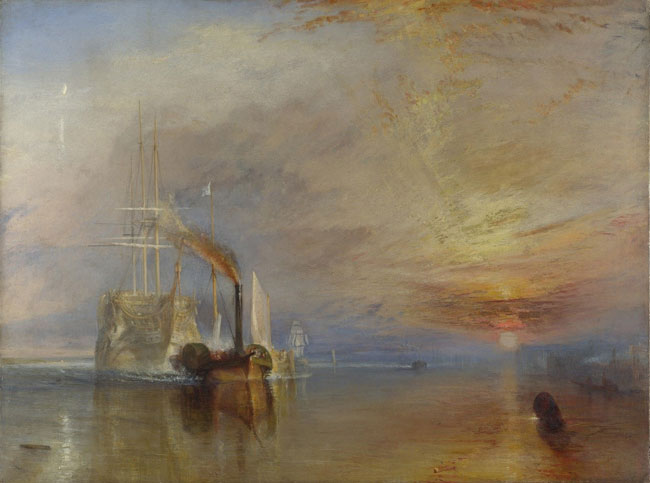
I was a teaching assistant at Muskingum College and taught art history at the college level for decades. However, this article is not about The Fighting Temeraire. It is about another painting by Turner, Ullswater from Gobarrow Park. It was one of the largest lakes in the English Lake District and where Wordsworth saw the fields of daffodils. The foreground is where the daffodils were blooming for Wordsworth in the springtime. Turner was there in the fall.
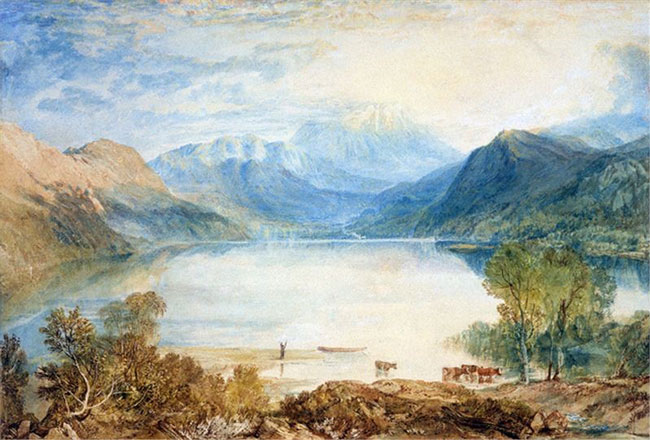
Turner’s Ullswater from Gobarrow Park
The final focus is on the film Dead Poetic Society. The movie’s storyline concerns an English teacher at a prestigious boarding high school in New England. Interestingly, he uses poems to assist him in teaching his high school students.
Keating develops the duality of daffodils for his students. Daffodils are things of wonder and beauty, but they die and become “food for worms.” Professor Keating is attempting to assist his students in grasping their legacy. Each of us has our time in this world like daffodils in which we live. And, like daffodils and everything else in the world, we will die.
We can’t resolve our dilemma. Everything before and after us will live and die. Our choice is what we will do with our moment in time. Keating whispers to his students, carpe diem. Create your legacy by seizing the day. Reach out to others. Each of us can become variations of Professor Keating, precisely like the variations of daffodils. Or you can bitch and complain about the world and waste your moment in time and “become for worms.” It is another Kierkegaardian either/or choice. Choose wisely.
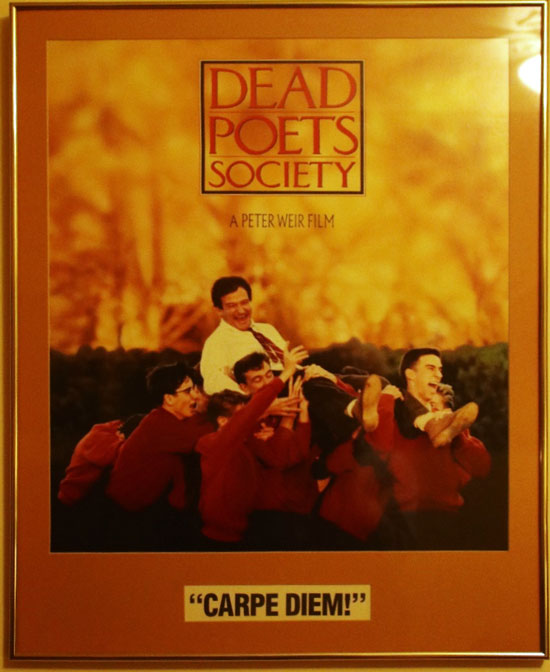
This is the movie’s poster hanging in my home.







